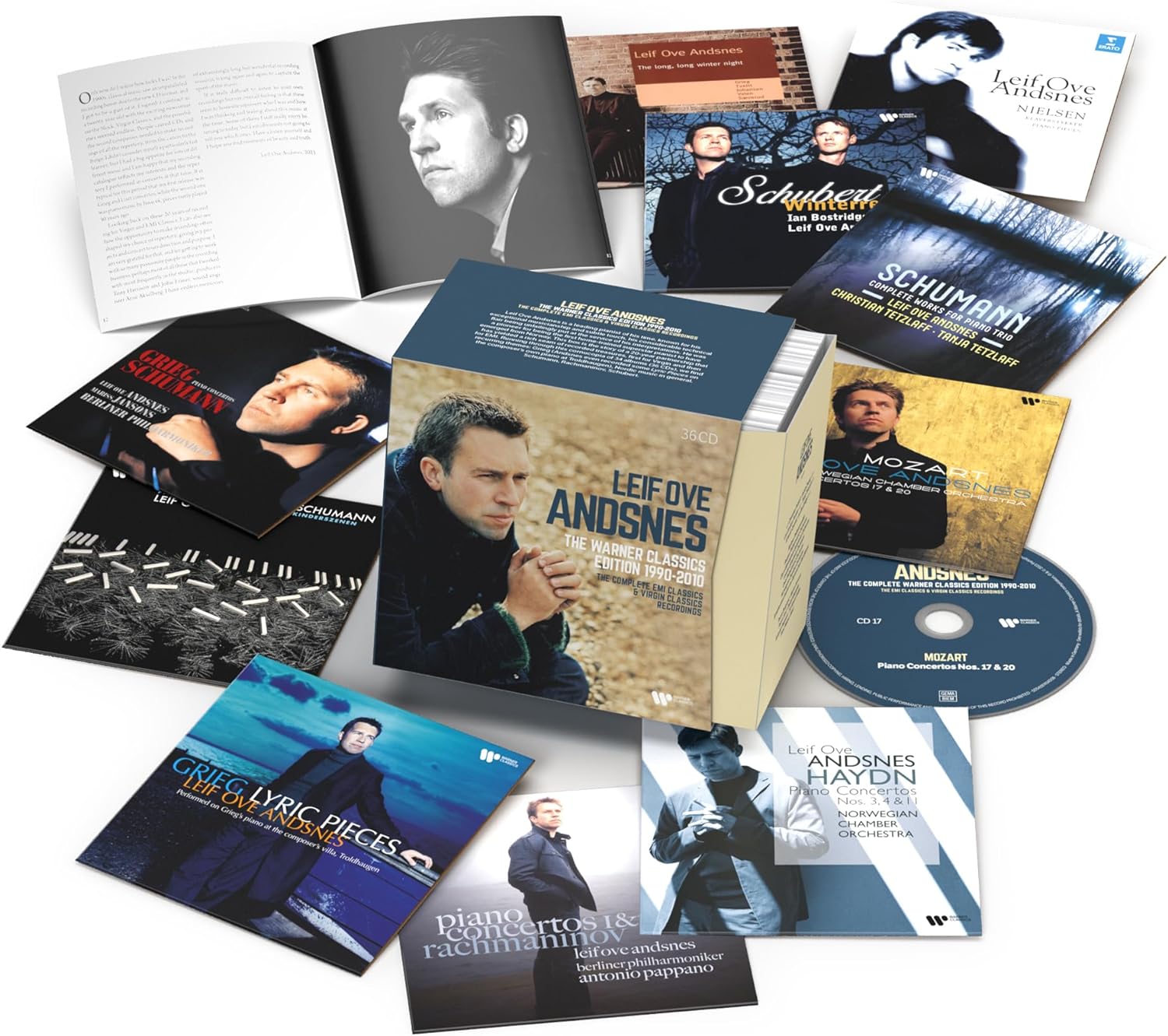 Leif Ove Andsnes: The Warner Classics Edition 1990-2010 (Warner Classics)
Leif Ove Andsnes: The Warner Classics Edition 1990-2010 (Warner Classics)
It’s good to review a compendious box set celebrating a musician who’s very much still around. The 36 discs in this set certainly aren’t what you’d call historical recordings, though the 20-year period during which they were first released feels an age away. Norwegian pianist Leif Ove Andsnes signed his first contract with Virgin Classics (remember them?) aged just 20, and, in his words, “the possibilities seemed endless… people craved CDs and the record companies needed to make recordings of all the repertory, from the canon to the fringe.” This is borne out by looking at Andsnes’ first two releases: one containing (unsurprisingly) the Grieg Concerto followed by a collection of Janáček piano music. Both hold up well, the latter’s In the Mists a reference recording for me. There’s a fascinating collection of Nielsen’s underappreciated piano music, with the 6 Humoreske-bagateller an appealingly quirky starting point.
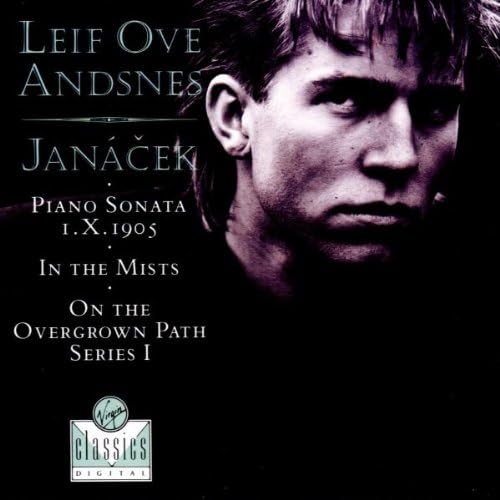 I’ve fond memories of Andsnes’ beautifully characterised disc of Grieg’s Lyric Pieces, warmly and resonantly recorded on Grieg’s own piano in the composer’s Troldhaugen villa. You hope that one day he’ll tackle the complete set, though preferably on a modern instrument. Novelties aside, you’d happily acquire this box for Andsnes’ performances of mainstream 19th and 20th century repertoire. There’s no Beethoven (he recorded his superb concerto cycle later, for Sony), and just four Mozart concertos. We do get sparky readings of five Haydn sonatas plus three concertos, before leaping forward to some consistently idiomatic Chopin, Schubert and Schumann. Three albums pair late Schubert sonatas with selections of lieder. I’m not a huge fan of Ian Bostridge’s voice, but he and Andsnes deliver a viscerally intense Winterreise, the sonata extras including novelties like “Auf dem Strom” with its obbligato horn part.
I’ve fond memories of Andsnes’ beautifully characterised disc of Grieg’s Lyric Pieces, warmly and resonantly recorded on Grieg’s own piano in the composer’s Troldhaugen villa. You hope that one day he’ll tackle the complete set, though preferably on a modern instrument. Novelties aside, you’d happily acquire this box for Andsnes’ performances of mainstream 19th and 20th century repertoire. There’s no Beethoven (he recorded his superb concerto cycle later, for Sony), and just four Mozart concertos. We do get sparky readings of five Haydn sonatas plus three concertos, before leaping forward to some consistently idiomatic Chopin, Schubert and Schumann. Three albums pair late Schubert sonatas with selections of lieder. I’m not a huge fan of Ian Bostridge’s voice, but he and Andsnes deliver a viscerally intense Winterreise, the sonata extras including novelties like “Auf dem Strom” with its obbligato horn part.
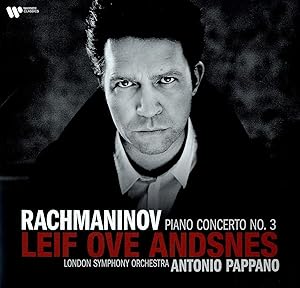 The most memorable Schumann items are the collaborations, Andsnes joined in the three Piano Trios by Christian and Tanja Tetzlaff. These are compelling performances, each one a winning blend of grace and gravitas, and there’s a wonderful disc coupling Schumann’s Piano Quintet with that by Brahms, Andsnes teamed up with the Berlin-based Artemis Quartet. I’d not heard Andsnes’ 1997 Brahms Piano Concerto before now, and it’s genuinely excellent, a pre-Berlin Simon Rattle helming a pliant CBSO in a then unusual (for him) excursion into mainstream 19th century repertoire. And I’d forgotten that Andsnes takes the concertante role in Rattle’s terrific 1996 recording of Szymanowski’s Symphony No. 4. We get the four Rachmaninov concertos, but no Paganini Rhapsody (“I love to hear others play it, but I’ve never learned it myself…”), accompaniments split between the Berlin Philharmonic and the London Symphony Orchestra under Antonio Pappano. They’re consistently good readings, especially a dark, glittering Fourth Concerto, and another disc contains a generous selection of Rachmaninov songs, Andsnes teamed with bass-baritone Dimitri Kharitonov.
The most memorable Schumann items are the collaborations, Andsnes joined in the three Piano Trios by Christian and Tanja Tetzlaff. These are compelling performances, each one a winning blend of grace and gravitas, and there’s a wonderful disc coupling Schumann’s Piano Quintet with that by Brahms, Andsnes teamed up with the Berlin-based Artemis Quartet. I’d not heard Andsnes’ 1997 Brahms Piano Concerto before now, and it’s genuinely excellent, a pre-Berlin Simon Rattle helming a pliant CBSO in a then unusual (for him) excursion into mainstream 19th century repertoire. And I’d forgotten that Andsnes takes the concertante role in Rattle’s terrific 1996 recording of Szymanowski’s Symphony No. 4. We get the four Rachmaninov concertos, but no Paganini Rhapsody (“I love to hear others play it, but I’ve never learned it myself…”), accompaniments split between the Berlin Philharmonic and the London Symphony Orchestra under Antonio Pappano. They’re consistently good readings, especially a dark, glittering Fourth Concerto, and another disc contains a generous selection of Rachmaninov songs, Andsnes teamed with bass-baritone Dimitri Kharitonov.
 In amongst the blockbusters, there are some intriguing detours into the aforementioned fringe. Andsnes and Christian Tetzlaff are well-matched in Bartok’s two Violin Sonatas, an early anthology containing the pair’s take on sonatas by Debussy, Janacek, Nielsen and Ravel. A live recording of the piano concertos by Britten and Shostakovich is exhilarating stuff – I’m continually puzzled as to why the Britten isn’t a popular 20th century classic. Paavo Järvi conducts the CBSO here, with Håkan Hardenberger on trumpet in Shostakovich’s Concerto No. 1, and there’s an enjoyable Enescu encore. 2007’s Shadows of Silence contains a selection of (mostly) contemporary works, including a superb performance of Lutosławski’s Piano Concerto. Two offbeat recital discs really stand out: 1997’s The Long Winter Night is an enthralling collection of Norwegian miniatures, including Grieg’s Norwegian Folk Songs & Peasant Dances and intriguing rarities by the likes of Geirr Tveitt, Fartein Valen and Harald Sæverud. And a selection of encores entitled Horizons is a delight, Andsnes’ startling stylistic range on display. Where else might you find Cyril Scott, George Antheil and Jacques Ibert sharing disc space? Warner have kept the original album covers, many of them featuring atmospheric exterior shots of a brooding Andsnes, and Harriet Smith’s booklet essay offers a useful overview of the pianist’s early recording career.
In amongst the blockbusters, there are some intriguing detours into the aforementioned fringe. Andsnes and Christian Tetzlaff are well-matched in Bartok’s two Violin Sonatas, an early anthology containing the pair’s take on sonatas by Debussy, Janacek, Nielsen and Ravel. A live recording of the piano concertos by Britten and Shostakovich is exhilarating stuff – I’m continually puzzled as to why the Britten isn’t a popular 20th century classic. Paavo Järvi conducts the CBSO here, with Håkan Hardenberger on trumpet in Shostakovich’s Concerto No. 1, and there’s an enjoyable Enescu encore. 2007’s Shadows of Silence contains a selection of (mostly) contemporary works, including a superb performance of Lutosławski’s Piano Concerto. Two offbeat recital discs really stand out: 1997’s The Long Winter Night is an enthralling collection of Norwegian miniatures, including Grieg’s Norwegian Folk Songs & Peasant Dances and intriguing rarities by the likes of Geirr Tveitt, Fartein Valen and Harald Sæverud. And a selection of encores entitled Horizons is a delight, Andsnes’ startling stylistic range on display. Where else might you find Cyril Scott, George Antheil and Jacques Ibert sharing disc space? Warner have kept the original album covers, many of them featuring atmospheric exterior shots of a brooding Andsnes, and Harriet Smith’s booklet essay offers a useful overview of the pianist’s early recording career.
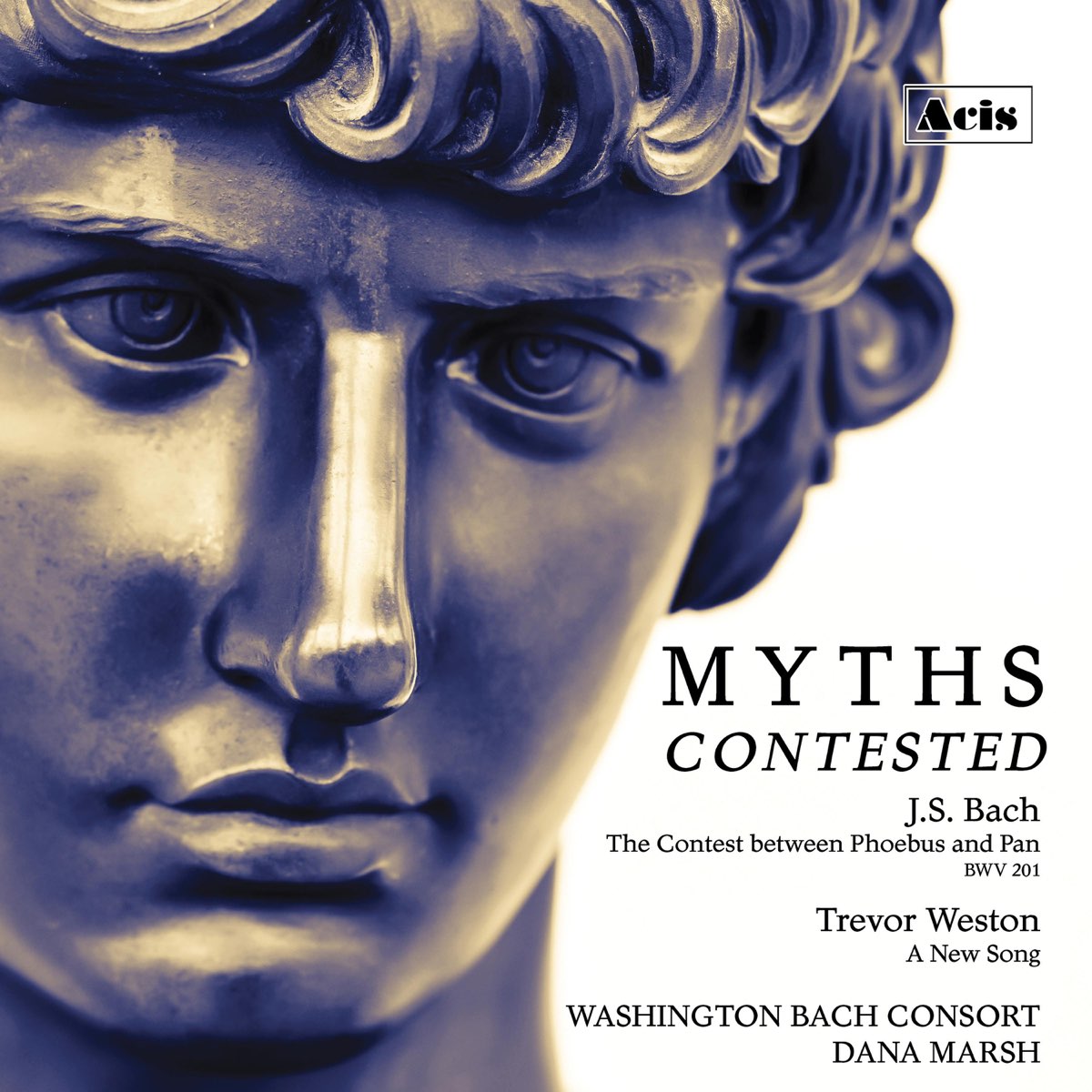 J.S. Bach & Trevor Weston: Myths Contested Washington Bach Consort, Dana Marsh (Acis)
J.S. Bach & Trevor Weston: Myths Contested Washington Bach Consort, Dana Marsh (Acis)
I was unaware till now of the American composer Trevor Weston (b.1967), but here he is paired with JS Bach on a new disc from the Washington Bach Consort. His meditative sequence A New Song was written as a companion piece to Bach’s cantata BWV 201, using the same scoring, and taking Bach’s theme of “contest” and applying it to the relationship between old and new music. The Bach cantata BWV 201 – “The Contest between Phoebus and Pan” – was new to me, but then there is always more Bach to discover. This is a large-scale piece, with the usual opening chorus and then arias – as many as six – separated by narrative recitative. It is presented in a one-to-a-part format, with some lovely springy continuo playing. The singing in the recitatives is a bit pedestrian, but the arias hit home. Being Bach he sets himself a challenge: they are all in different keys and metres – and contrast tonally too. Paul Max Tipton is delightfully lugubrious in “Mit Verlangen” while Ian Pomerantz duly dances and springs in “Zu Tanze, zu Sprunge”. I blame my 80s childhood for being unable to avoid hearing “lasst ihn gehn” as a paean to Dusty Bin, but the bustling élan of the final chorus, with its punctuating trumpets and tutti voices, had no such overtones.
The text of A New Song, by Weston himself, is a bit clunky, and I think he would have benefited from having a separate writer’s voice in shaping the piece. But the music rises above it, and I really enjoyed the sound of period instruments in a contemporary soundworld. There is an expansiveness to the writing which is redolent of Copland in Appalachian mode, or even someone like Virgil Thomson, and only the occasion nod towards Bach. The tone is generally contemplative, so I enjoyed the contrast the fluid “Emotion moves me” provided, and the final two movements – a solemn chorale into a flying, brassy finale – rounded things off in style, taking clear inspiration from the Bach. - Bernard Hughes
 Falla/Stravinsky: El retablo de maese Pedro, Harpsichord Concerto, Pulcinella Mahler Chamber Orchestra/Pablo Heras-Casado, with Benjamin Alard (harpsichord) (Harmonia Mundi)
Falla/Stravinsky: El retablo de maese Pedro, Harpsichord Concerto, Pulcinella Mahler Chamber Orchestra/Pablo Heras-Casado, with Benjamin Alard (harpsichord) (Harmonia Mundi)
Here are three neoclassical works from the 1920s, by Stravinsky and Manuel da Falla. Pulcinella is of course very widely recorded and well-known. Falla’s El retablo de maese Pedro (“Master Peter’s Puppet Show”) and Harpsichord Concerto much less so. The mini-opera El retablo is based on an episode from Don Quixote, a favourite of Falla’s. It reminded me of Stravinsky’s The Soldier’s Tale, with its patchwork, lets-do-the-show-right-here aesthetic. Here the individual movements are coloured by references to Spanish music, and the pared-back orchestration gives the voices space. Boy soprano Héctor López de Ayala Uribe has a delightfully clean and clear declamation and the Mahler Chamber Orchestra under Pablo Heras-Casado revel in the musical character-pieces. But it is at best a bit of a curio and I think would benefit from being seen, not just heard.
The Harpsichord Concerto is short and to the point, punchy harpsichord offset by just five players. It was written for Wanda Landowska, who virtually singlehandedly kept the harpsichord alive in the early 20th century. It is solidly in Parisian neoclassical mode, albeit with tunes taken from medieval Spanish sources. The piece is sparkly and good-natured in its outer movements, and earnest and forthright in a stern second. Benjamin Alard plays an authentic Landowska-era harpsichord, a bigger beast than those we are used to hearing in Baroque music nowadays. With its 8’ and 16’ registers it is not lacking in heft, but he also plays subtly.
There are plenty of Pulcinellas out there, but in case you want another this is perfectly serviceable. The chamber orchestra makes for transparent textures, particularly in the strings. The MCO sound like they are having fun – and if you can’t have fun in this piece, you never will. - Bernard Hughes
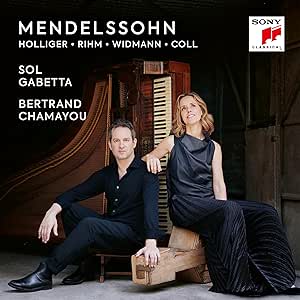 Mendelssohn Sol Gabetta (cello), Bertrand Chamayou (piano) (Sony)
Mendelssohn Sol Gabetta (cello), Bertrand Chamayou (piano) (Sony)
What’s this album actually called? Is it plain Mendelssohn? What about the second disc, containing music by Jörg Widmann, Heinz Holliger, Francisco Coll and Wolfgang Rihm? And why are four instruments listed but only two players? Read the notes and all becomes clear: cellist Sol Gabetta and pianist Bertrand Chamayou play just Mendelssohn on CD 1, using a 1717 Stradivarius and 1859 Blüthner grand with straight-strung bass strings. The Blüthner’s brightness and transparency is winning, Chamayou accompanying with a delectable lightness of touch. The earliest work here is Mendelssohn’s early Variations concertantes, packing eight variations plus theme and coda into barely nine minutes. As played here, it’s a delight, each section barely registering before we’ve moved on. Try the stormy penultimate variation, abruptly segueing into an affirmative finale and serene coda. Mendelssohn's two Cello Sonatas date from 1838 and 1843, the sunny earlier work dedicated to the composer’s younger brother Paul. There’s no struggle, no sturm und drang – just 25 minutes of immaculately crafted lyricism. The finale is a lot of fun here, especially when Gabetta sings serenely over a galumphing piano part. No. 2 is in four movements. Initially it’s all sunshine, with some flamboyant piano writing, before an “Allegretto scherzando” and “Adagio” hint at darker, weightier matters. As fillers, the pair give us an Assai tranquillo discovered posthumously and only published properly in 2002, plus a Romance sans paroles for cello and piano composed in 1845.
CD 2 sees the pair switch instruments: Gabetta to a Goffriller cello made in 1730, Chamayou to modern Steinway. Gabetta approached four composers, each charged with providing a modern Song without Words. Widmann’s Lied ohne Worte plays with snatches of what sound like Mendelssohn quotes to disruptive but entertaining effect. Holliger’s Three Songs Without Words takes us further away from the original, with a violent second song and enigmatic finale. Coll provides a Dialogue without Words, an intense and compact musical conversation which often sounds more like two friends talking at cross purposes. More appealing is Rihm’s contribution, closing with a serene “Vanished Words” with a delicious fade into silence.
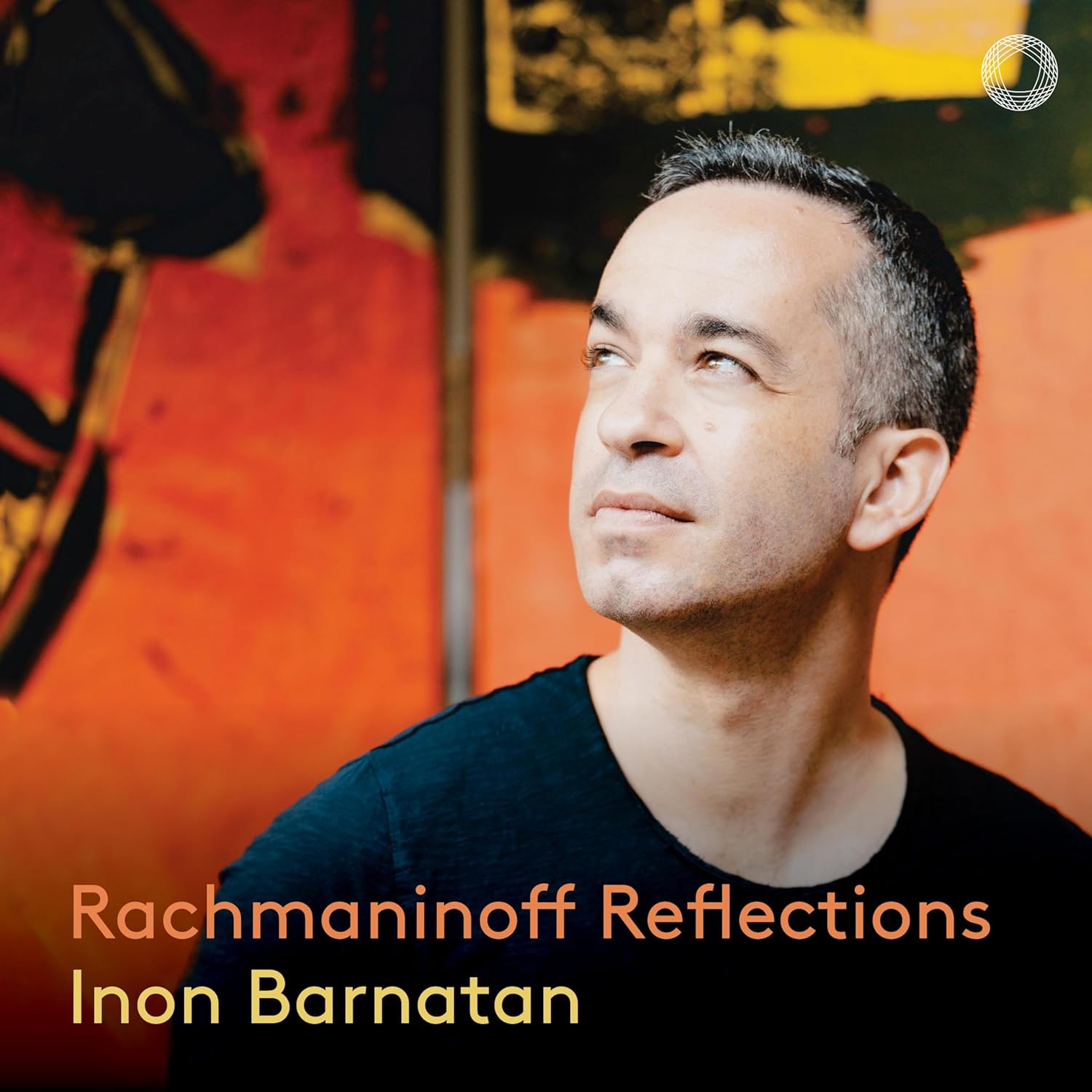 Rachmaninoff Reflections Inon Barnatan (piano) (Pentatone)
Rachmaninoff Reflections Inon Barnatan (piano) (Pentatone)
The starting point for Inon Barnatan’s solo piano version of Rachmaninov’s Symphonic Dances was a private recording published in 2019, the composer playing through what was to be his final work to conductor Eugene Ormandy in December 1940. You can find most of it on YouTube and it’s an extraordinary document, replete with muffled spoken interjections from Rachmaninov. It feels as if we’re eavesdropping on a very private event, especially as the composer didn’t like his playing being recorded without his knowledge. Pianist Inon Bartanan was already a fan of the published two-piano arrangement, but, in his words, “hearing the composer play it alone on a single piano, I got a tantalising new perspective on how the score must have been conceived”. This solo transcription was made in the spring of 2020, when performing in public became an impossibility. As heard on this vividly recorded disc, it’s a triumph: listen blind and it’s difficult to comprehend that you’re hearing just one set of hands. I was lucky enough to hear Barnatan perform the arrangement a few weeks ago and was stunned. Happily, this recording carries the same electric charge. Tempi are well chosen, a proper "non allegro" in the first dance allowing a wealth of detail to emerge, and the bittersweet reminiscence at the movement’s close feels especially poignant and personal. Barnatan pulls out all the stops in the third dance, the cataclysmic final minutes overwhelming. Wonderful stuff, and incredibly exciting.
Good couplings too. Rachmaninov’s Moments Musicaux were composed hastily in 1896, the composer in urgent need of money after being robbed on a train journey. Its six miniatures act like a musical calling card, the E Minor “Presto” a superb early example of Rachmaninov at his stormiest. Listen to the entire set in sequence and the changes in tone are almost shocking, the “Presto” followed by an exquisite “Andante sostenuto”. Barnatan isn’t afraid to emote in this movement, or in the tender “Andantino” which opens the work. His solo piano transcription of the Vocalise is sweetly done, and the album finishes with a hushed, tender account of the G sharp minor Prelude.














Add comment